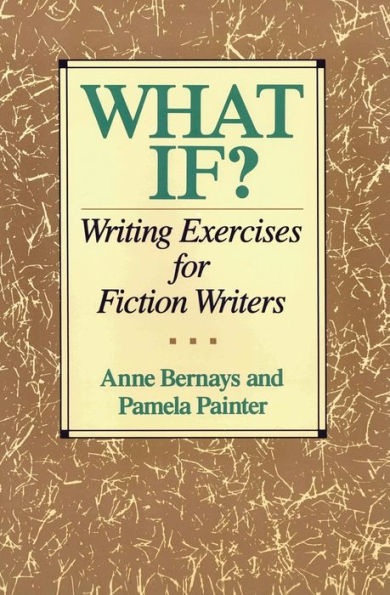Table of Contents
1. Beginnings.
2. Notebooks, Journals, and Memory.
3. Characterization.
4. Perspective, Distance, and Point of View.
5. Dialogue.
6. Interior Landscapes.
7. Plot.
8. The Elements of Style.
9. A Writer's Tools.
10. Invention and Transformation.
11. Revision: Rewriting Is Writing.
12. Games.
13. Learning from the Greats.
14. Sudden, Flash, and Microfiction: The Short Story.
20/20, by Linda Brewer.
Excuses I Have Already Used by Antonia Clark.
Mackerel Night by Laurence Davies.
The Custodian by Brian Hinshaw.
Girl by Jamaica Kincaid.
Confirmation Names by Mariette Lippo.
It Would've Been Hot by Melissa McCracken.
My Mother's Gifts by Judith Claire Mitchell.
The New Year by Pamela Painter.
Wants by Grace Paley.
No One's a Mystery by Elizabeth Tallent.
Vision out of the Corner of One Eye by Luisa Valenzeula.
15. A Collection of Short Fiction.
Happy Endings by Margaret Atwood.
Christmas Eve at Johnson's Drugs N Goods by Toni Cade Bambara.
Gryphon by Charles Baxter.
Some of Our Work with Monsters by Ron Carlson.
Cathedral by Raymond Carver.
Sister by Deborah Joy Corey.
White Angel by Michael Cunningham.
How to Talk to a Hunter by Pam Houston.
Live Life King Sized by Hester Kaplan.
The Niece by Margot Livesey.
Shiloh by Bobbie Ann Mason.
Sheep by Thomas McNeely.
Five Points by Alice Munro.
A Good Man Is Hard to Find by Flannery O'Connor.
Wolinsky's Resort by Edward Schwarzschild.
The Appaloosa House by Sharon Sheehe Stark.
Under the Roof by Kate Wheeler.




